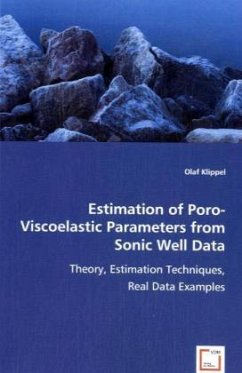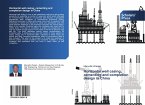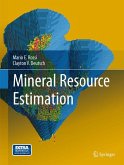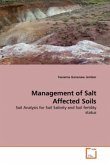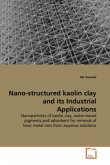Various theories have been developed in the last decades to model observed P-wave attenuation with the aim to eventually extract rock properties like e.g. porosity and permeability from estimated attenuation values. In this work, two estimation techniques, the Log Spectral Ratio and Instantaneous Frequency Modelling, are applied to obtain the inverse quality factor from array-sonic data of two boreholes in the Norwegian North Sea. The estimated attenuation logs are correlated with rock properties such as permeability, clay content and fluid saturation. The result is discussed with respect to existing viscoelastic and poroelastic theories. Although many theories predict a strong relation between rock parameters, pore fluid and P-wave attenuation, the actual observed attenuation is in many cases a composition of many mechanisms and viscoelastic or poroelastic theory do not fully explain the observed attenuation. However, the predicted change in P-wave velocity with increasing frequency can be found in real data.
Bitte wählen Sie Ihr Anliegen aus.
Rechnungen
Retourenschein anfordern
Bestellstatus
Storno

